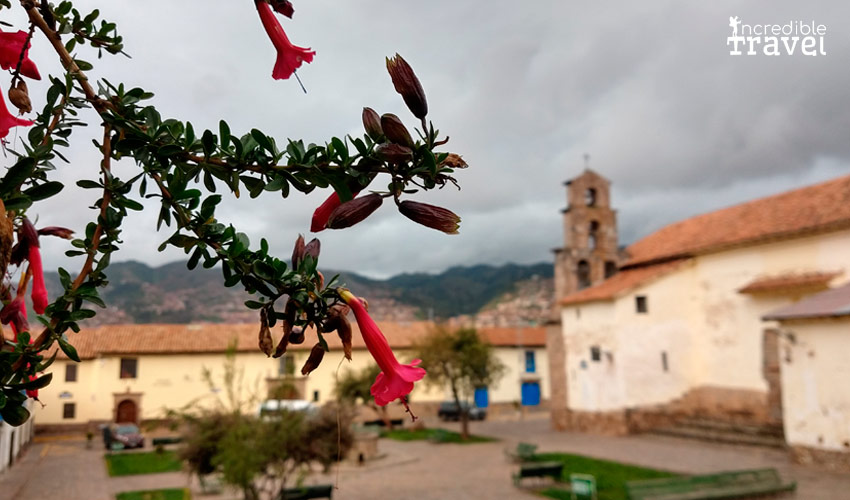Known by the common names of qantu, jinllo or Inca flower, the cantuta (Cantua buxifolia) is considered the emblematic flower of the Andes and especially of the department of Puno. National flower of Peru and Bolivia, the people of Titicaca say that its colors attract good luck. That is why in houses it is customary to place bundles of cantutas as a sign of welcome to visitors.
Its flowers are often represented in the fabrics and ceramics of pre-Hispanic cultures and it has been considered by the Incas as a sacred flower and dedicated to the Sun God.
The plant is in the form of a highly branched bush approximately four meters high. It grows well in temperate climates and open soils between 1,200 and 3,800 meters above sea level, preferring well-drained slopes. It has showy white, yellow or bright red flowers that are shaped like a trumpet and hang from thin woody branches. Its leaves, whose length does not exceed 4 centimeters, are elongated and elliptical. In Peru there are 13 species of cantutas, of which seven are endemic.
Its uses and applications are very varied among the men of the Altiplano: the leaves and wood are used to produce a yellow tint and the thin branches to make baskets and baskets. Its wood, with a glassy consistency, is used to make canes, while the plant as a whole is used for ornamental purposes.
In folk medicine, cantuta is used as an effective antidiarrheal (decoction of twigs and flowers), against cough and jaundice (infusion of flowers) or in the treatment of inflammation of the eyes (washes).

